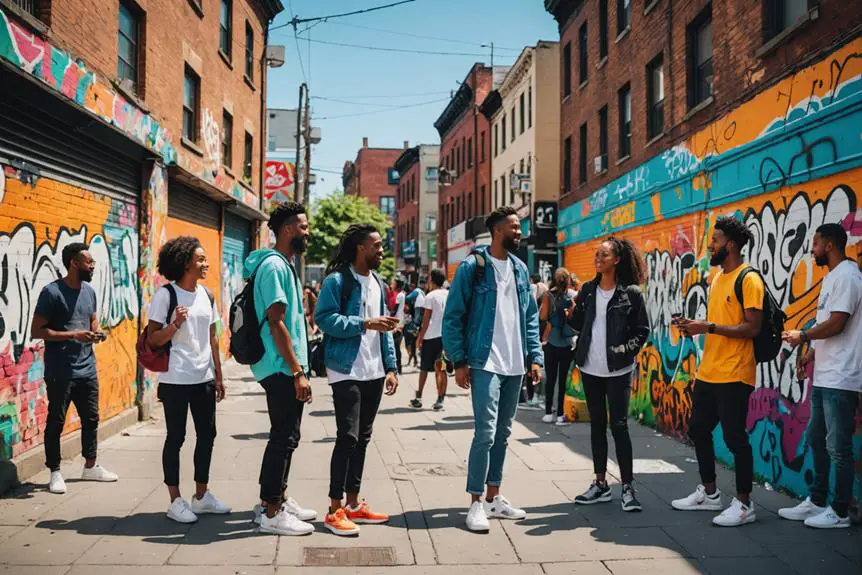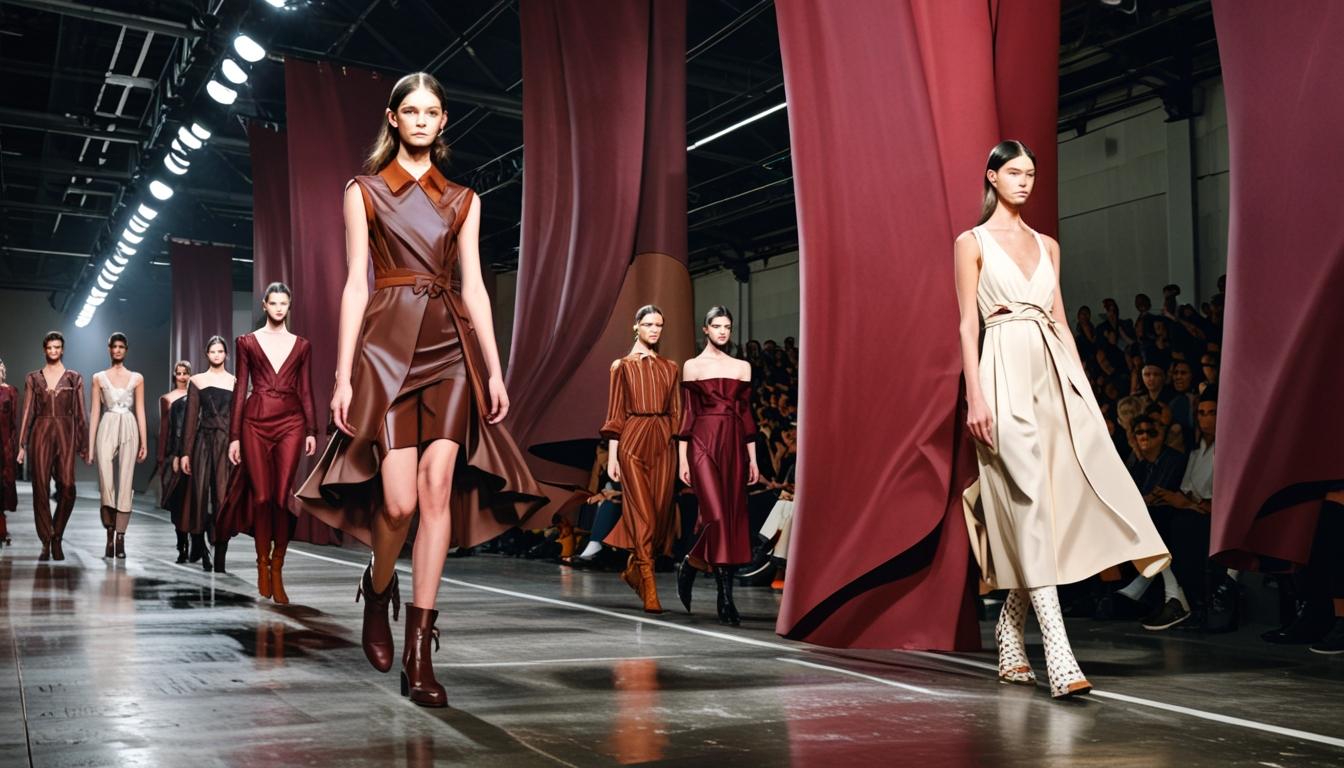The online vintage clothing market is thriving as younger consumers seek individuality and sustainability, transforming perceptions of second-hand fashion.
The online marketplace for vintage clothing is experiencing a remarkable resurgence, transitioning from a niche interest to a mainstream phenomenon, according to recent reports from DW. As demand for second-hand fashion reaches record levels, particularly among younger consumers, the reasons behind this trend are multifaceted and significant.
Leonie, a 27-year-old fashion design student, exemplifies the enthusiasm for vintage shopping. She revels in the process of hunting for unique second-hand pieces online, asserting, “It’s like a digital treasure hunt.” Leonie emphasizes the importance of using specific keywords in different languages to enhance her chances of discovering rare finds, a sentiment echoed by many in her generation who seek individuality through fashion.
The evolution of vintage clothing shopping has been significant. Historically characterized by the search through musty second-hand stores, the market has shifted to a thriving online trade. Elke Gaugele, a professor of Fashion and Styles at the Academy of Fine Arts in Vienna, points out that while second-hand fashion has always been popular among youth, its presentation in the media has significantly changed. This transformation has led to a semantic shift in terminology, with terms like “pre-loved” and “vintage” replacing the less appealing “second-hand.”
The definition of vintage typically requires clothing to be at least 20 years old, but this is often not strictly applied in online retail. The term “vintage” is frequently used to categorize a broader range of items, including newer clothing. This shift in language has imparted a sense of exclusivity and often a higher price tag to vintage items.
Valentina Herbort, a fashion journalist and social media consultant, notes that the vintage trend is closely tied to Gen Z’s quest for individuality. With the influence of globalization, this generation enjoys a wider array of fashion options compared to their predecessors, which has intensified their longing to establish a distinct personal style amidst the overwhelming trends that circulate through mass media. She observes, “We all watch the same series and have the same inspiration,” explaining how this leads to a homogenization in fashion choices, evident in the popularity of widely available fast fashion items.
Herbort also points out that many young consumers are becoming more discerning about quality. She argues that used clothing often exhibits superior craftsmanship compared to contemporary pieces, making vintage options increasingly appealing due to their durability and aesthetic value. Additionally, sustainability considerations are becoming paramount among younger generations. The fast fashion industry has faced significant backlash over its environmental impact and labor practices, prompting a conscious shift towards more sustainable fashion choices, including vintage shopping, as highlighted by Gaugele.
Eike Wenzel, a trend researcher, raises skepticism about whether the growing interest in vintage will materially decrease purchases from fast fashion retailers. Wenzel suggests that while vintage shopping represents a way to promote sustainable consumption, it does not necessarily provide a comprehensive solution to consumerism.
In Colombia, the vintage market is also evolving. Sandra Calderon, who sells unique pieces via her Instagram account “Revancha Vintage,” remarks on the changing perception of vintage clothing in her country. She observes a burgeoning market for high-quality vintage items but notes a concerning trend where these unique finds can be priced higher than new clothing, undermining the expectation of affordability associated with second-hand shopping. “There is a huge supply of very high quality vintage, but the prices are sometimes inflationary, because it’s trendy,” she explains.
Young consumers like Leonie appear to fully embrace the vintage movement, with her closet predominantly filled with vintage pieces. Calderon shares a similar vision for the future of fashion, asserting that vintage and second-hand clothing should become the primary choice rather than merely a passing trend.
Source: Noah Wire Services



